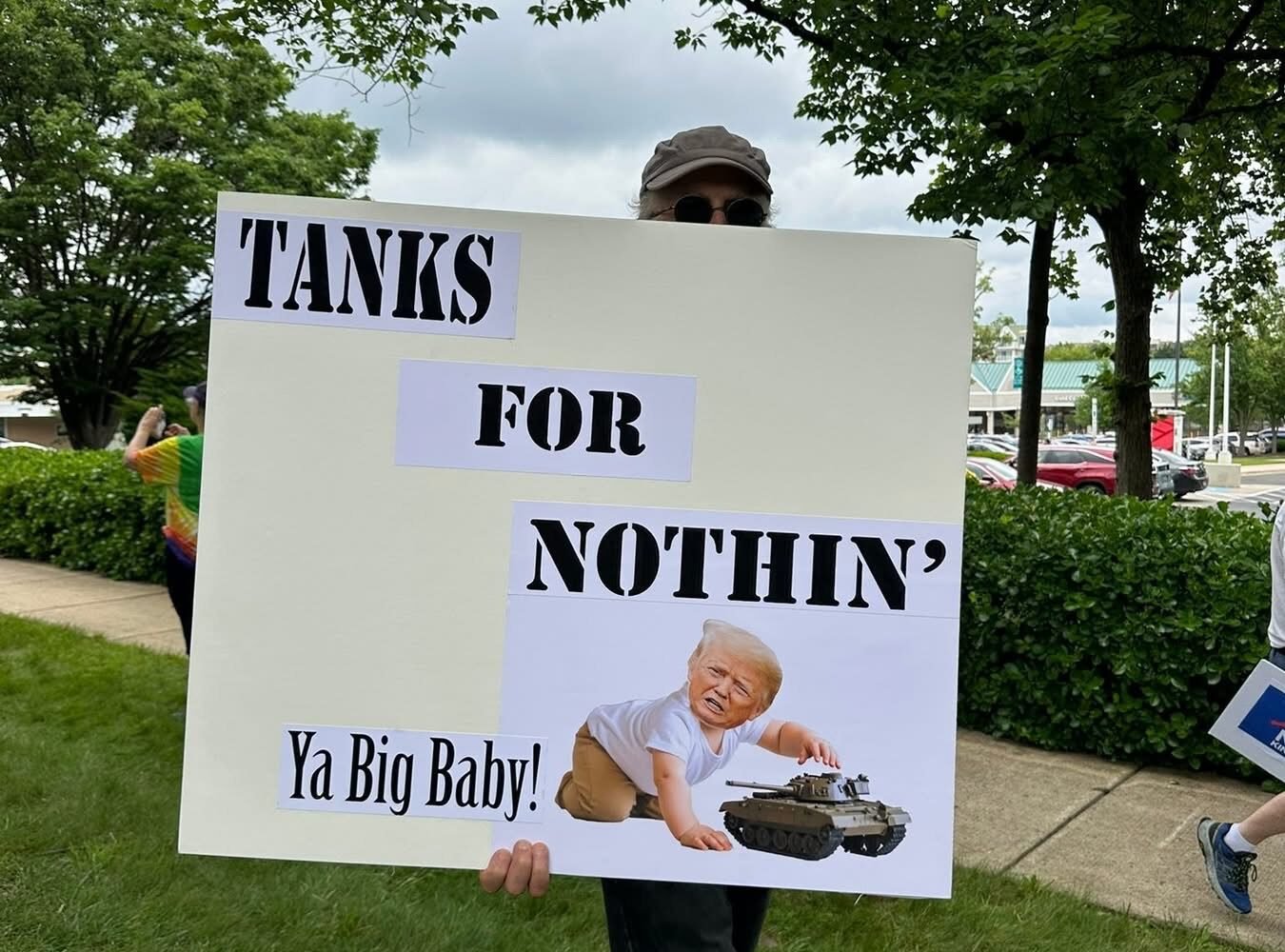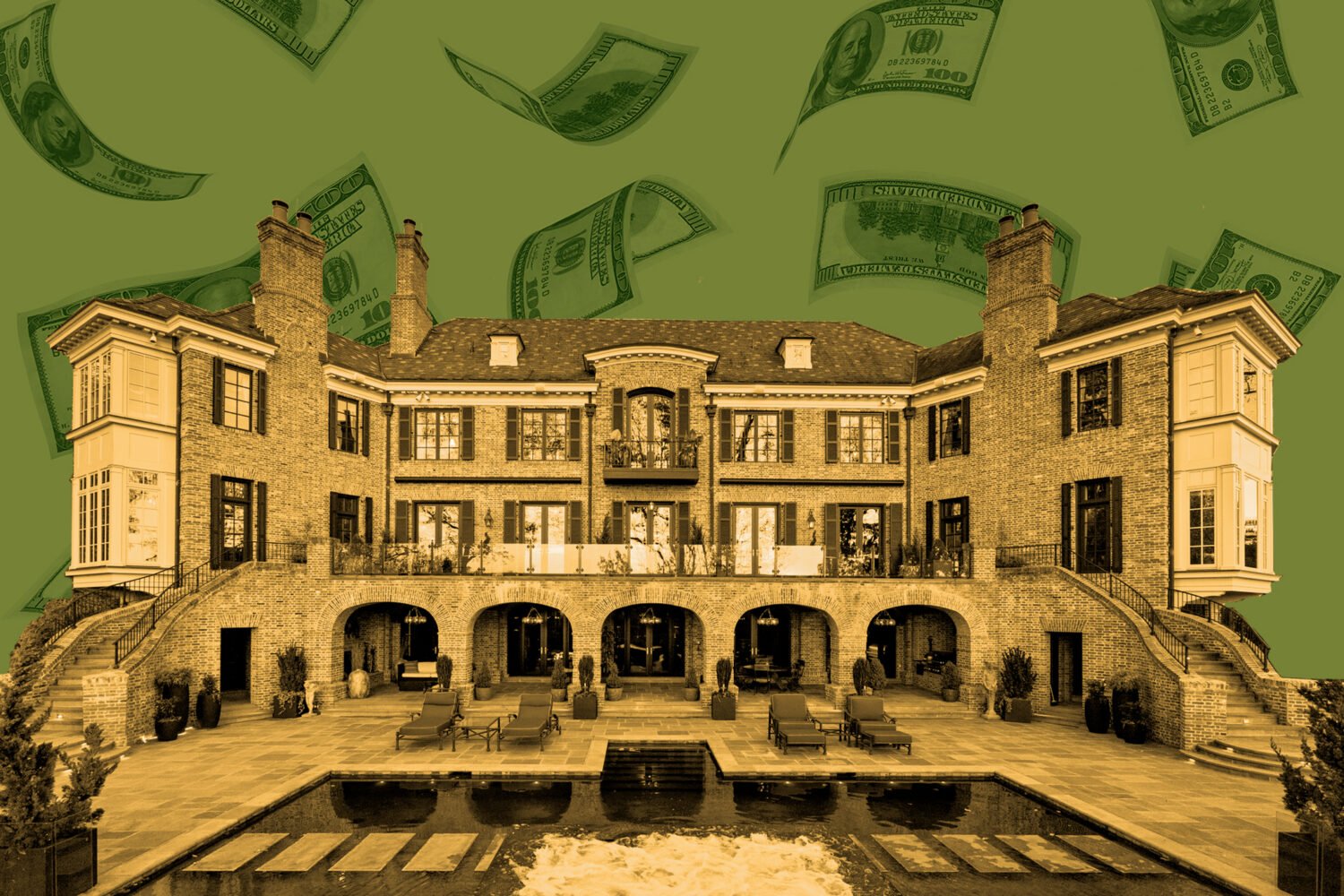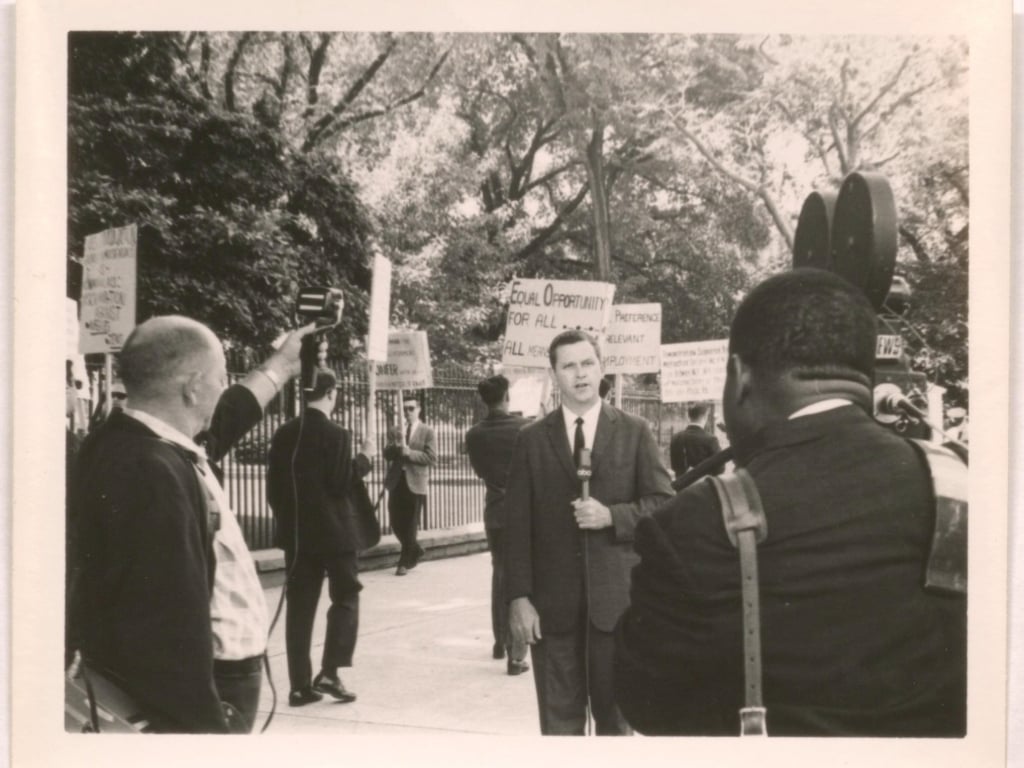When Donald Trump recently refused to guarantee a peaceful transfer of power—prompting many Americans to think of armed soldiers and rioting protestors—I could only think about a small church group.
The group calls themselves the Center for Christian Civics. On a warm Saturday afternoon last year, about twenty of them gathered into a tony co-working space in Southeast Washington. At the front of the group stood Rick Barry, the group’s founder, an intense-looking young man with a shaved head and rimless glasses.
“The direct commandment Jesus gave most was: ‘Don’t be afraid,’” Barry told the group as they listened quietly. “One of the most radically countercultural things we can do is to be dogged, and diligent, about reminding one another: We need not be afraid—afraid of people who don’t look the way we do, or of an insurgent group in our party.”
Barry’s words have rung in my ears almost every week leading up to this election. They are an edict about how to live our lives, and chart our boats, in a storm of partisan hatred whose swells are so towering that serious people now contemplate the possibility of secession, dissolution or civil war.
But Barry’s insight also holds a clue about what to do if Trump refuses to leave office.
That edict can be summed up in one motto: Cheer, not fear.
Before you race to Twitter, let’s acknowledge: Yes, this may sound tone deaf. Dartmouth professor Brendan Nyhan expressed a far more common emotion recently, when he said, “This is something that experts are incredibly alarmed about. My colleagues who study the erosion of democracies in other countries are terrified of what they’re seeing in the United States.”
Even among experts, the possibility that a sitting president won’t relinquish power provokes alarm and terror. Cheer is the very last emotion that comes to mind—no different than the rotting and weakening of institutions, the curtailing of civil rights of non-citizens, corruption on a scale unseen in American history, and 200,000 dead from a preventable viral scourge.
Let’s agree in this era, there has been little cause for good cheer.
And that’s exactly why, in a crisis, we need it more than anything.
The most American idea, if such an idealized thing exists, is the rejection of fear. Describing his vision for the country, George Washington quoted more than fifty times his favorite passage from the Bible: “They shall all sit under their own vines, and under their own fig trees, and no one shall make them afraid.”
This refusal to live in fear is the philosophical core of many of today’s efforts to better American life: The movement to protect the climate, to hold police violence to account, to reorder the economy fairly, and to build a health care system that extends its protection to all. Each of these causes, at bottom, is about liberating citizens from a life dictated by fear.
Not coincidentally, Trump derives his perceived power from fear. What he conceives of as courage—an ersatz, cartoonish machismo—is nothing but a thin veneer for fear, the same fear he inspires and thrives on among his followers. Fear is Trump’s fuel—including the fear expressed by his opponents, who fret about what Trump ‘might do next.’
Mounting evidence from polls and focus groups suggest that when Trump-curious voters are warned with messages about Trump’s authoritarian behavior, those appeals have little effect. As Democratic operative Dan Pfeiffer summarizes the dilemma: “You do not want to reinforce the notion that Trump is a strong man, because his persona as a strong man is what helped pull some voters into his category in 2016.”
Instead, when former Trump voters are presented with an image of the President as a feckless buffoon—an inept couch potato who just can’t get the job done, whether building a wall or a writing a health care plan—the bottom falls out from under Trump’s numbers. A better message, says Pfieffer, is not a strong-man, but a weak child.
If defenders of American democracy need to show Trump as weak, then they can’t show fear—because fear itself suggests strength. No doubt that the scenario in November could be terrifying, as experts recently told Washingtonian about the possibility of federalized troops and martial law. But to display fear—to invoke the end of the republic, or glue our eyes to the television hoping the courts will rescue us—is precisely the conditions that strengthen Trump’s hand.
Instead, pro-democracy forces must summon all they can to portray the opposite of fear. The opposite of fear is courage. And the heart of all courage is cheer.
To clarify: ‘Cheer’ is not a New Year’s Eve celebration, or ecstasy in the streets. But it’s not far from it, either. Rather than black-ski-mask patrols warning of a fascist takeover, protestors should celebrate like they’ve already won—because they have. Placards that read “Sore Loser” and “Winners not Whiners”—borrowing from the effective “Sore Loserman” signs the Bush campaign manufactured during the recount crisis of 2000—would paint Trump as the weak, whining loser he is. So would slogans liked “Coup de Nah” and “You’re Fired!” (And I’m certain there are more creative ideas than these.) And singing, smiling, and dancing would be a welcome touch, too.
Here, some will rightly ask: Isn’t cheer exactly the wrong message during an authoritative crackdown? Doesn’t it channel comfortableness, when what citizens need to hear is the five-alarm fire that they didn’t hear four years ago?
These questions have been asked before.
In 1988, the Chilean national plebiscite put the rule of autocrat Augusto Pinochet up to a nationwide vote. The “Yes” campaign fought to keep Pinochet in power, while the “No” campaign urged voters to throw him out. The opposing campaigns offer one of the most compelling case studies ever in political messaging, memorably depicted in the 2012 film No.
The pro-Pinochet “Yes” campaign settled on a familiar theme: Fear. Its goal was to create dread and anxiety among voters by portraying Pinochet as the strong-man who stood between Chileans and leftist anarchy.
The pro-democracy “No” campaign could have easily done the same: Initially, they had drawn up advertisements that vividly rendered the torture and kidnapping that reigned in Pinochet’s regime. How could abuses so vile go unmentioned in a national referendum on autocracy?
But after some deliberation, the ad-makers decided to go all-in on the exact opposite theme: Joy. They made their symbol a rainbow. Their advertisements were technical feats of exuberant colors and sunshine-drenched fields, and featured Chileans of all ages while they played, danced, and romanced—illustrations of a better life ahead. The official campaign jingle, “La alegría ya viene”—literally, Joy is coming—became so famous that Pinochet-backers could be heard humming it on their way to work.
Team “No” never let voters forget the horrors of the Pinochet regime. But they always returned to a message of optimism. As the referendum neared, the “No” campaign organized a massive march, marcha de la alegria—the March of Joy—a ten-day event that turned Chileans out in the streets, sometimes in the face of brutal police violence.
In the end, “No” thumped its authoritarian opponents in the referendum, and Pinochet stepped down.
This election is not 1988, and the US is not Chile. But there are a few lessons Americans should keep in mind from the Chileans as they defend democracy this fall.
The first is to think about what your people have to offer. The artists and musicians, intellectuals and young people, athletes and laborers who made up the ‘No’ coalition used their diversity and richness of thought to outsmart their opponents. It offered a microcosm of what makes democracies more resilient than autocracy in the long run.
But crucially, liberals and anti-Trumpers must remember something else: Most people don’t like being told that they have to be afraid—and Trump’s fluke victory in 2016 does not change that. Given the choice to be happy, large majorities will gravitate to joy. Anti-Trump forces must have faith that this sentiment prevails in Americans, and try to spark it. If we’re lucky, the spark will catch fire and spread.
If Trump refuses to leave, cheer will trounce fear. Wherever the battle takes place—protests at the Supreme Court, demonstrations in state capitols, or crowds in the street—Americans need to see vibrant crowds of joyous people. The left has proved capable of finding joy in dark times, just as the best of the Occupy protests showcased young people linking arms, singing songs, smiling, even dancing. Pro-democracy forces should do the same.
Pretty quickly, America will sniff out the loser, and reject him. About this, Trump is correct: Americans don’t like losers—but they do admire courage. And simply put, it takes more courage to be joyful than it does to be afraid.
During one memorable moment from 1988, crowds at the March for Joy began spontaneously singing. It was eerily similar to another moment of change in America: The freezing, January morning of Barack Obama’s 2008 inauguration. That day feels like a distant memory now. But as George W. Bush relinquished power and stepped into Marine One, the crowd spontaneously roared out, singing the Steam classic of 1969: Hey hey hey—Goodbye!
Therein lies the truth in Barry’s advice: ‘Don’t be afraid.’ And it lays bare the power of joy—if democracy’s defenders can harness cheer that is spontaneous, true, and real.
Because, even if the days turn dark in November, the cause for cheer is real. The America we remember will be just around the corner. And joy is coming.

















